Ancient DNA
He looked at the sample and found chunks of DNA sequences that differed from modern humans and that of our ancient ancestors, Neanderthals and Denisovans. His heart pounded.
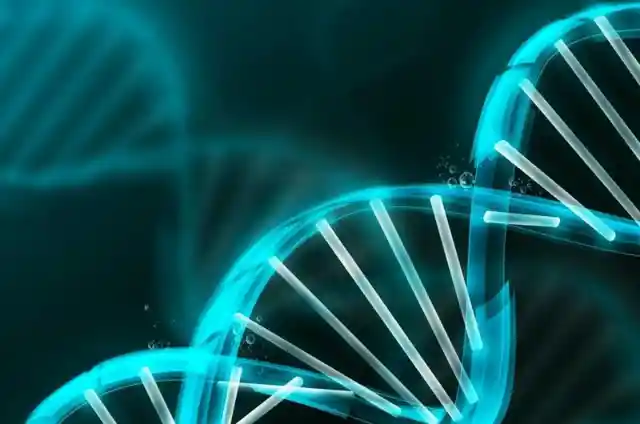
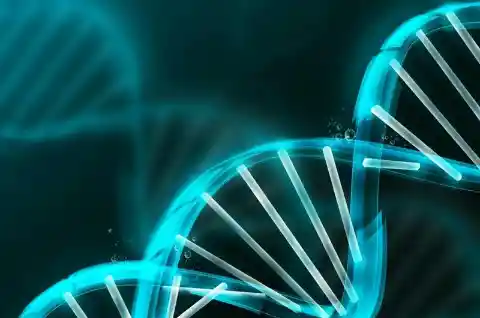
The DNA must have come from an unknown group of archaic humans. A ‘ghost’ population that left the earth millions of years ago without a trace but of that in our DNA. Who were these ancient human species?
Following The Research
It’s easy to think that us humans are and have always been, in a biological league of our own. An elite type of singular species, ordained by the heavens. Well, that’s not entirely true.
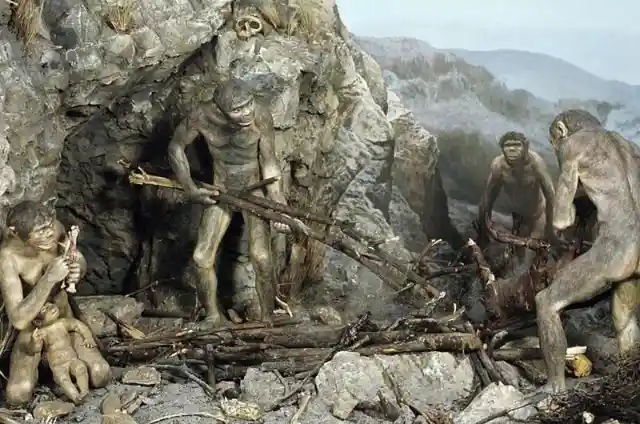
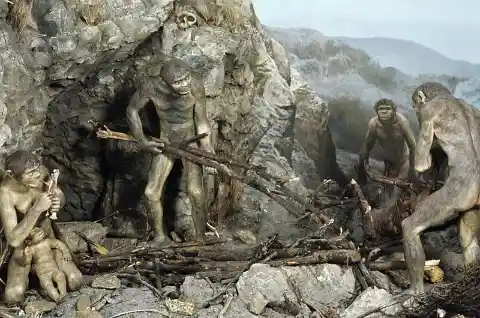
“In the west Africans we looked at, all have ancestry from this unknown archaic population”, stated Sriram Sankaraman, a computational biologist who led the way on this mid-blowing UCLA research about where we came from.
Not Alone
About 300 millenia ago, Homo sapiens first appeared on earth and evolved throughout climatic pandemonium. But they weren’t the only human species to exist at that time.
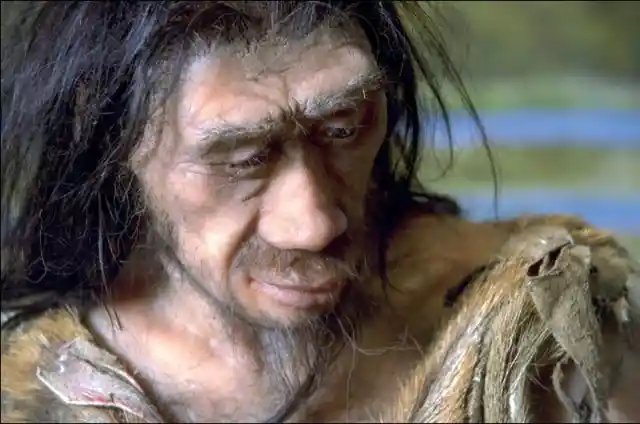
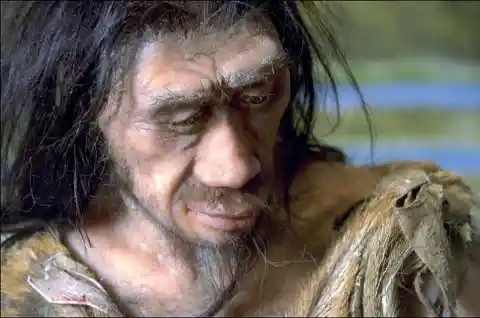
Once in a time long ago, different species of humans may have roamed the earth like different species of birds, monkeys or fish do today. Something Sankaraman was about to find out.
Other Human Species
Homo sapiens were a hunter-gatherer species that needed to adapt to harsh conditions to survive. Much like the other human species that we know of today such as Homo neanderthalensis or Neanderthals, Home erectus and Homo Denisovans.
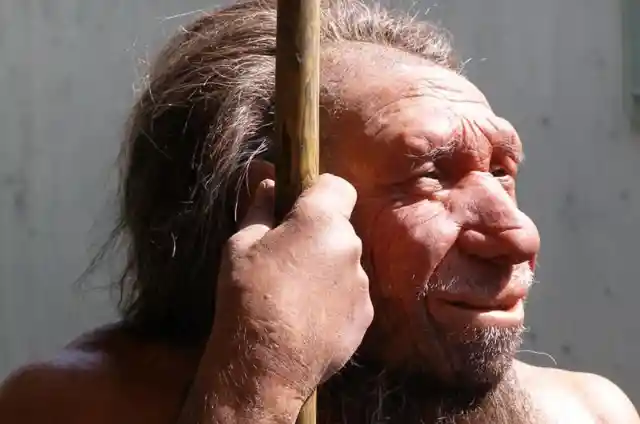
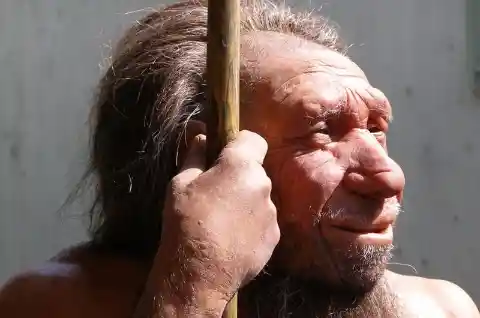
But there were certain things that made us Homo sapiens different from the other humans we shared the planet with.
Homo sapiens
Homo sapiens were more lightly built but had bigger brains. This meant their skull shape looked a lot more like our modern human craniums do today.
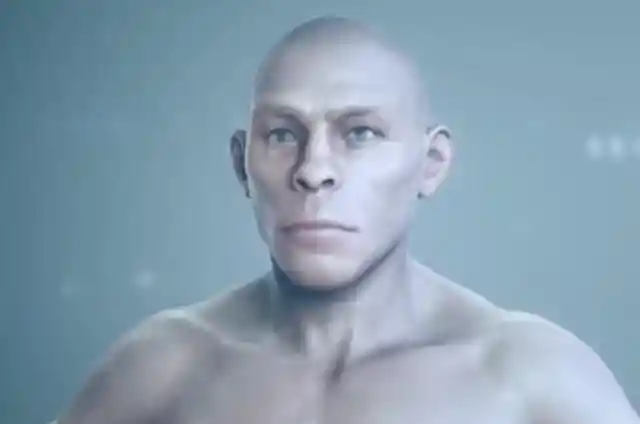
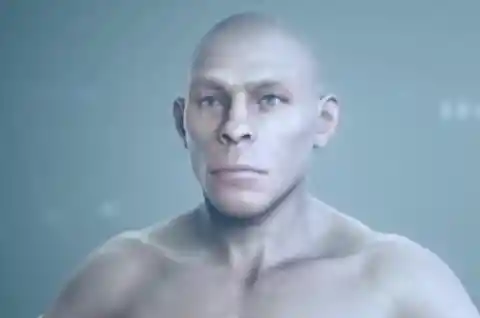
Nowadays, Homo sapiens are the only existing humans but that doesn’t mean the other species of humans haven’t left their trace. A fact which inspired Sankaraman to look deep within our DNA.
Combined DNA
It’s safe to say that Homo sapiens roamed the earth at the same time of at least one other species; the Neanderthals.
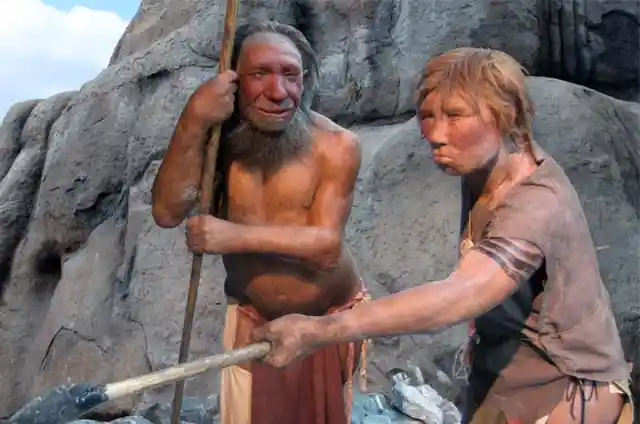
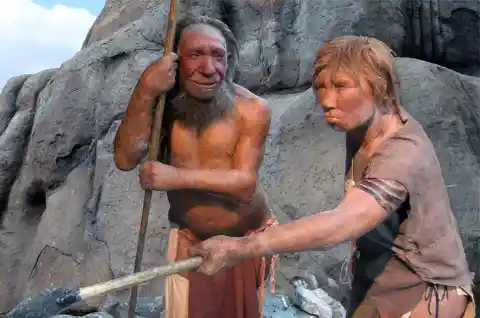
As homo sapiens left Africa, most likely due to being pushed out by a drying and inhabitable climate, they would have encountered Neanderthals in Europe. An encounter that we know wasn’t all too hostile as geneticists confirm there must have been so romance as their DNA combined with ours.
More Human Species
Meanwhile, Homo sapiens who migrated to Asia also mated with Denisovans. A species that got around as Denisovans also mated with Neanderthals and another older species that scientists suspect to be the hobbit-like Homo floresiensis.
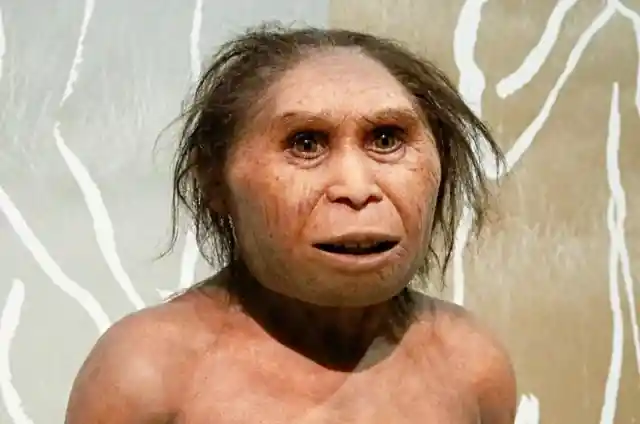
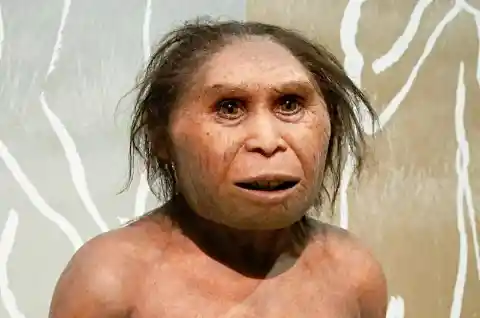
However, when Sankaraman looked at our DNA and compared sequences with these known ancient human species, he found that something didn’t quite add up.
Fossil-less
Without any fossils or original DNA to scour over, Sankaraman obtained 405 genomes from four west African populations and used mathematical techniques to work out if human interbreeding happened in the extremely distant past.
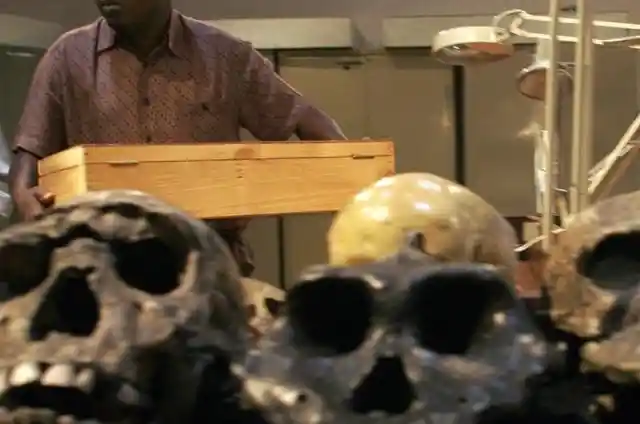
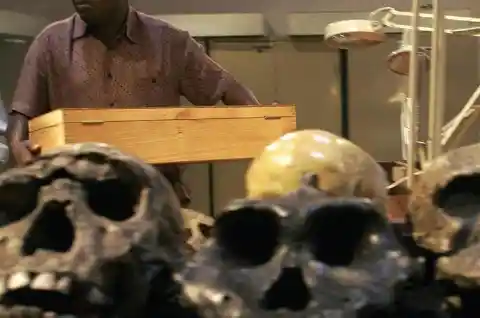
When he found chunks of DNA that differed from modern humans and that of Neanderthals and Denisovans, his heart pounded at his discovery.
The Ghost Population
Sankaraman came to the scientific conclusion that these different chunks of DNA had come from an unknown group of archaic humans or simply, a ‘ghost’ population.
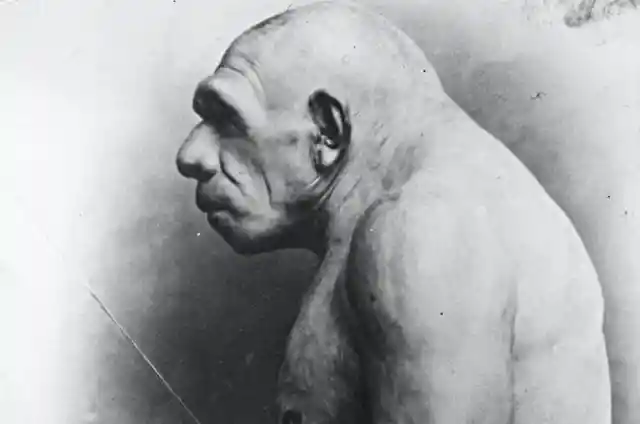
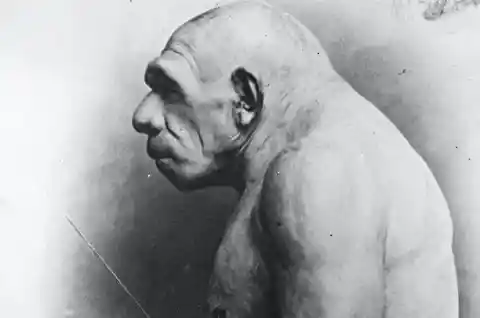
“They seem to have made a pretty substantial impact on the genomes of the present day individuals we studied,” Sankararaman said. But how? And who were these archaic humans?
A Helpful Find
Sankaraman stated that this unknown DNA accounted for 2 - 19% of the genetic ancestry of the four populations from Nigeria, Sierra Leone and Gambia, studied.
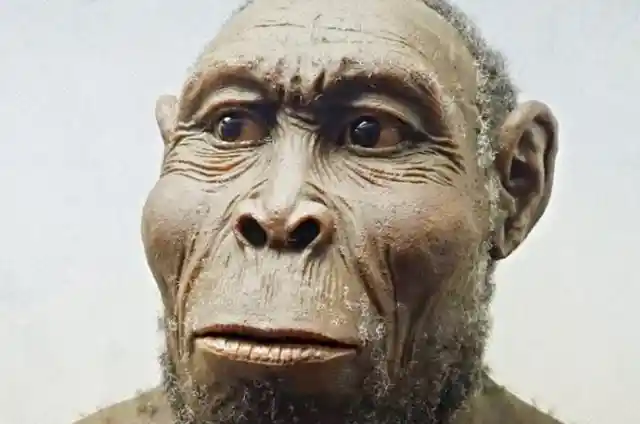
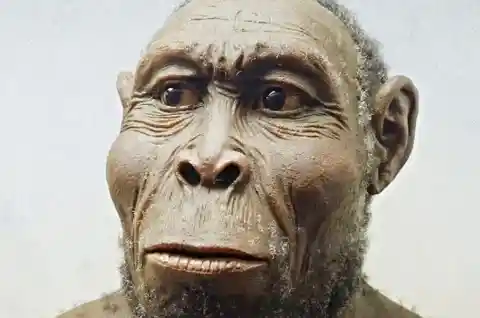
He also found that these archaic humans that left traces of their DNA in west African genes, may have even helped them to survive and breed. But that’s not all.
Ancient Benefits
Sankaraman discovered that these archaic variations brought about by the intermixture of groups that have been long separated, can bring positive novel genes into a population.
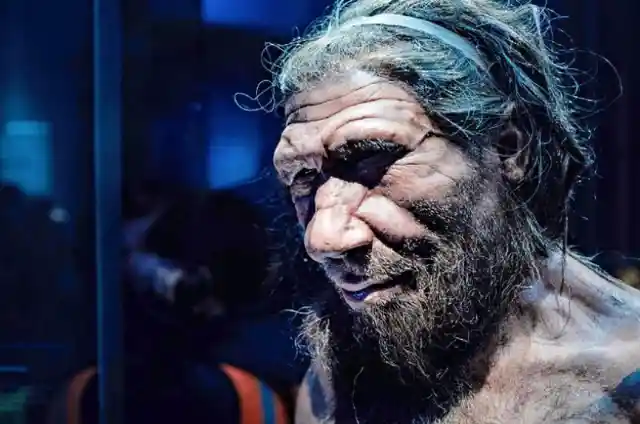
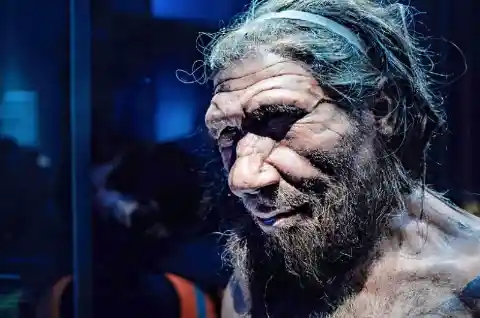
These intermixture genes can control hormones and fight tumors as Sankaraman uncovered. But Sankara had one last thing on his mind. Who were these ghost human species? And what did they look like?
Question Marks
Sankaraman could not tell what the ghost population or populations were or when intermixing happened, only that they looked different.
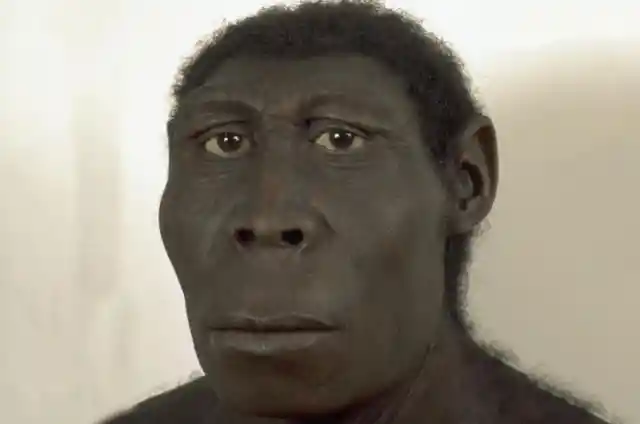
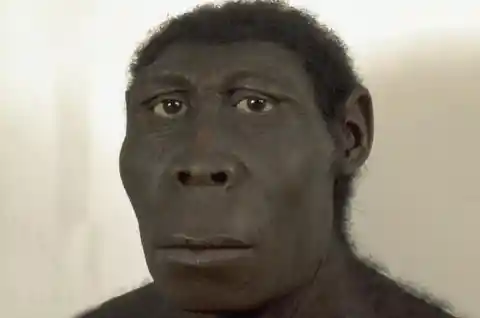
However, geneticist Jeff Wall from UCSF warns that the ghost population may well have been other modern humans who lived in separation from Homo sapiens for so long that they just looked like an archaic human species.
Intermixing
Whatever the truth of who the ghost population of human species were, there is one thing that scientists agree on. That is, even widely separate groups can intermix.
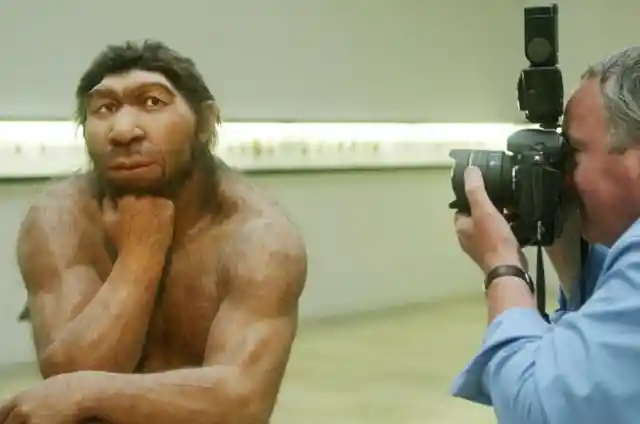
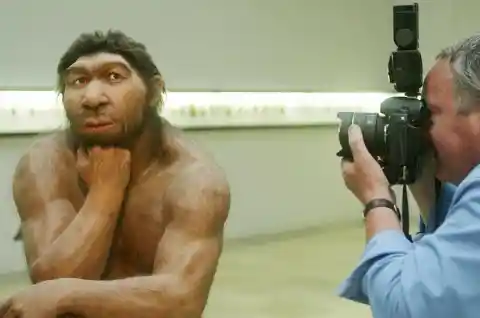
Another scientist confirmed this by looking at other species that also mix with widely separated groups. “We are losing the idea that separation between populations is simple with instant isolation”, he stated.
Dangers Of Being The Only Species
As the benefits of intermixing has been proven, it is now thought that the lack of possibility for a sizable flood of diversity is not good for modern humans as we cannot get a positive gene variation from other, closely related species.


Another scientist echoed her concerns on this matter as she expressed, “To have such a large densely-spread species with… so little genetic diversity… is a dangerous situation.”
Fascinating Future Discoveries!
Although we have yet to find out more about ghost populations that lurk in the shadows of our DNA, it’s safe to say that this new discovery is already absolutely fascinating!
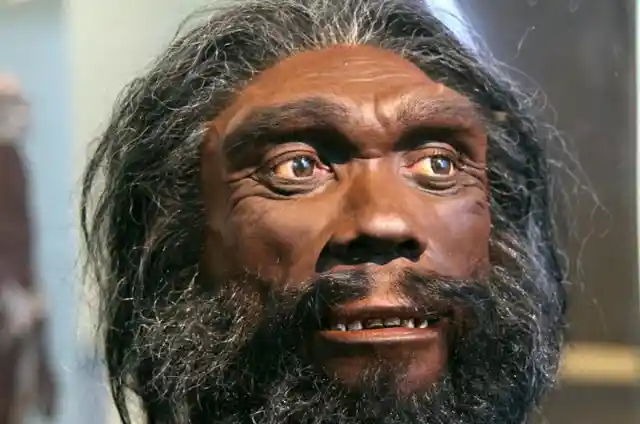
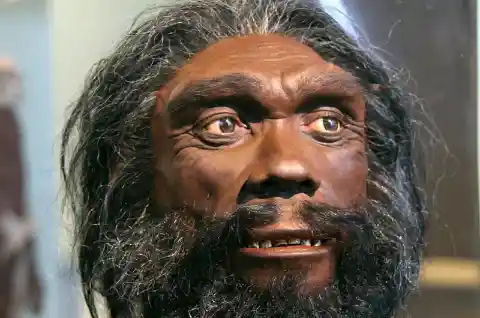
Renowned Bioarchaeologist Joel D. Irish said, “I think at one time, there’d have been all sorts of populations, with genetics different enough to look a bit different. Everybody tends to mate with everybody. I think we’re going to find more and more of these ‘ghost’ populations coming up.”